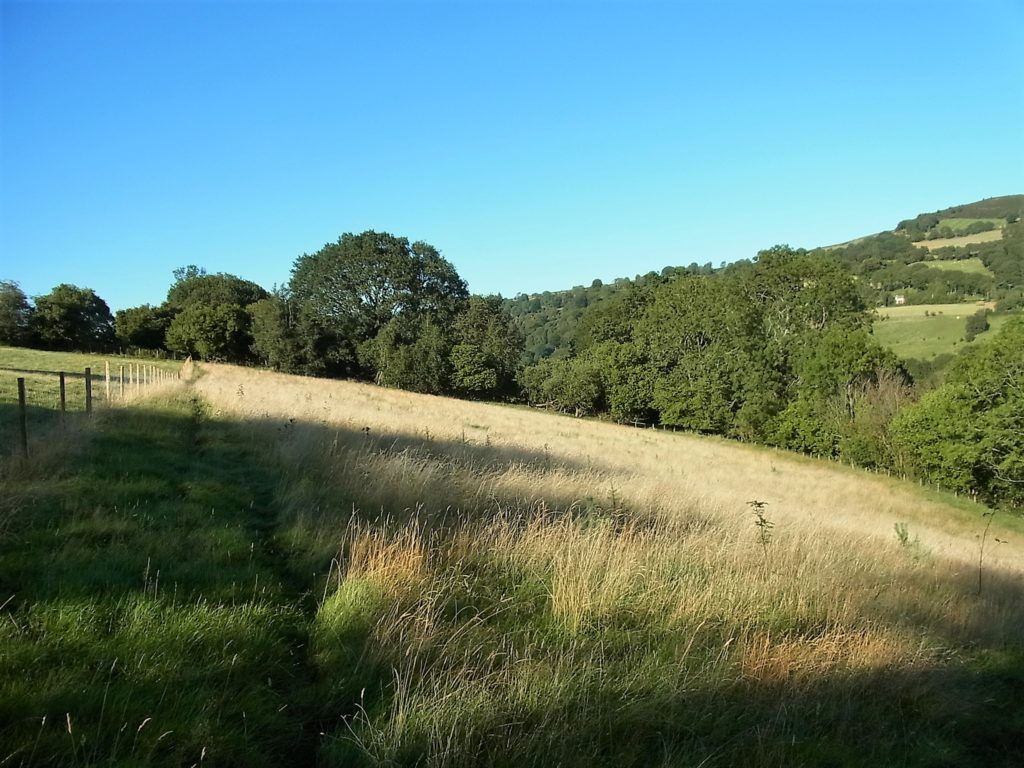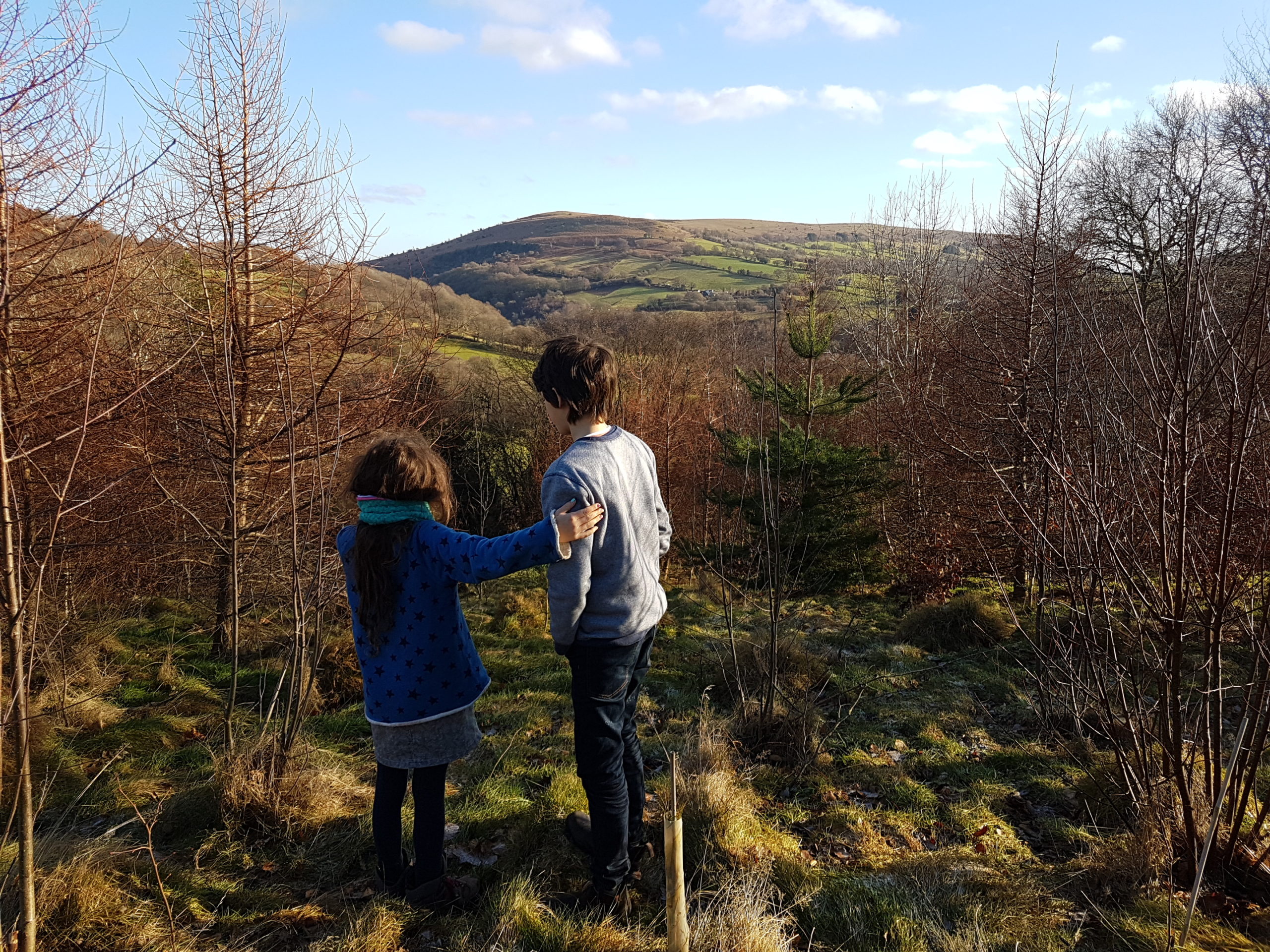In 2012 I created my woodland, with no public grant, so I could plant and think freely.
‘See the wood’ (part 1)
First published in The Times Aug 2014

I’m lucky enough to own a sliver of woodland in the Welsh hills. It’s a pleasure, although it did cause me some angst when I created it two years ago. For generations, farmers had beaten back the bracken to cultivate a grass field for grazing sheep and here I was fencing half of it off to plant trees. But within days, red ants were at work building soft hillocks in the undisturbed grass as I got down to planting my trees, not in rows but in random clumps — much to the annoyance of my father, a former forester.

We Britons love our trees, as our rebellion against the proposed forestry sell-off in England showed. Yet compared with the rest of Europe we have a sparse covering of trees, and the Independent Forestry Panel, which was set up to advise the government on how best to manage our woodlands, seems to have been sidelined by other priorities.

I have decided to set my own priorities and I have big plans for my wood — it must provide a habitat for wildlife, timber for my stoves, cover for game birds, and landscape for my children to play in.
It’s a long-term commitment and it may be that the future of the climate finally decides which trees will do well. Even native species will survive only if they suit the soil, so I’ve gone my own way, slipping in a few alien conifers among the oaks and mountain ash.
‘The delights of planting your very own wood’ (part 2)
First published in The Times Aug 2015
I’m enthralled by how the wood I planted a few years ago near my house in the Black Mountains is unfolding. Growth spurts of randomly planted trees give it a wonderfully shambolic air: rowan saplings bend with bunches of berries, squat sessile oaks sprout from their bases, red dead-nettles provide pollen for bees, juicy purple bird cherries appear and goldfinch-attracting thistles compete with beech while hoverflies hang in the lee of the Scots pine.
Earlier this year, a male tree pipit displayed overhead — filling the air with song, he alighted on a sweet chestnut. He delighted me but failed to attract a companion. Maybe fox tracks in the grass frighten pipits from this vestige of woodland.

Fragmented pockets of habitat do little for wildlife. Populations of marsh tits are declining because they cannot bring themselves to fly across open terrain in search of mates.
I’ve sought to connect my wood to its surroundings by taking advantage of [free] tree packs from Coed Cadw (woodlandtrust.org.uk) to plant a thick hedgerow interspersed with my own aspen and whitebeam for a pale, leaf-fluttering effect. Nature adapts fast. Making room for the new trees, I used a chainsaw to remove the overshadowing branches, and later discovered that a redstart had reared its young in a hollow bough I had left wedged against the fence.


Addenda
- My brief sojourn as a Nature Notebook columnist in The Times, Aug 2014 and Aug 2015 with another here on woodcock.
- Some of my tree-related letters in The Times (2019) here on ash dieback, conifers, Read report
- A personal blog on forestry in the UK and another here on how woodland slips between narratives.
- My first felled tree vlog here. Sept 2018, via X
- A 2 min YouTube clip in Nov 2024 on felling trees for different purposes (with more 90sec related clips)
- On a Gutenberg Moment in rural sector policy across the UK (oh and mental health in green spaces)



strange appearance of first birch bolete from ex-sheep pasture – think tree roots and fungal soil activity


Great project Rob, shows what can be achieved on a small scale.
Lovely little article for a wonderful project and vision